Ideal Timing for Concrete Leveling
Concrete levelings are most effective when performed during specific weather conditions that allow for optimal curing and adhesion. Temperature, moisture, and seasonal factors significantly influence the success of the process. Proper timing ensures the longevity and stability of the leveled surface.
Ideal for concrete levelings due to moderate temperatures and increased moisture, which aid in curing.
Suitable when temperatures are still warm but not excessively hot, helping prevent rapid drying and cracking.
Concrete leveling is less effective during freezing temperatures, which can hinder proper setting and bonding.
High temperatures can cause rapid evaporation of moisture, leading to cracks and poor adhesion.
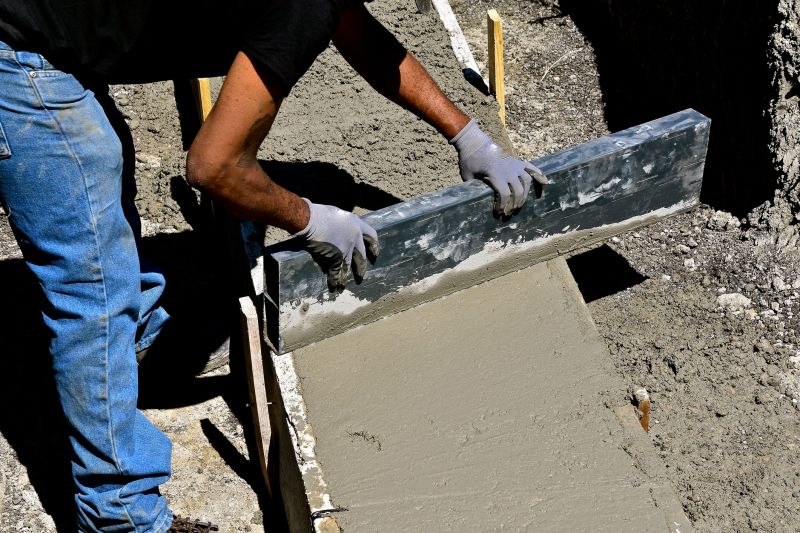
A technician performs leveling during mild spring weather.
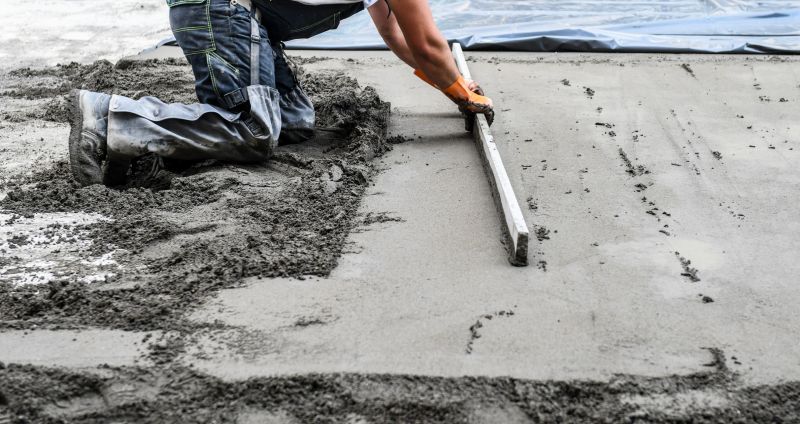
Leveling work in warm, dry conditions to ensure proper curing.

Preparing surfaces for winter by leveling before cold weather sets in.
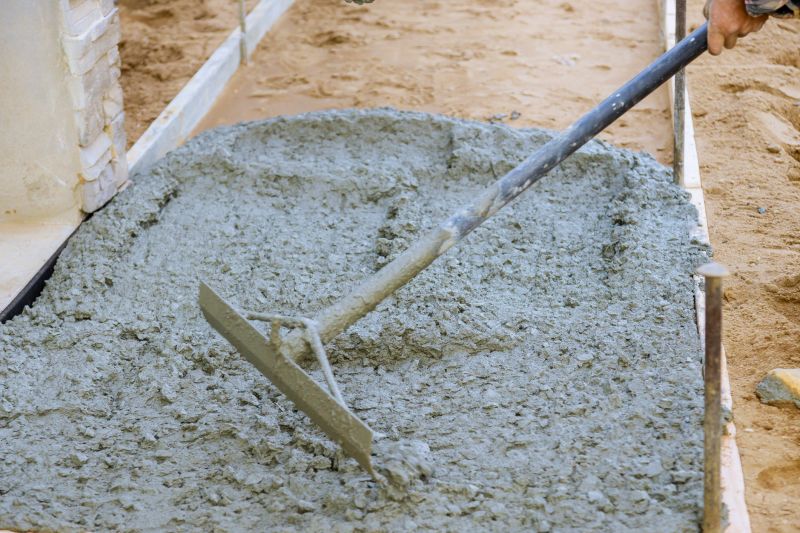
Ways to make Concrete Levelings work in tight or awkward layouts.
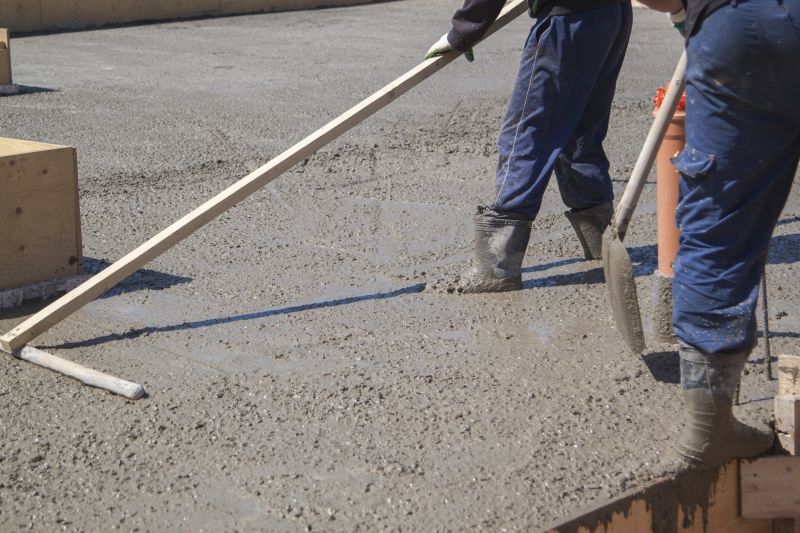
Popular materials for Concrete Levelings and why they hold up over time.
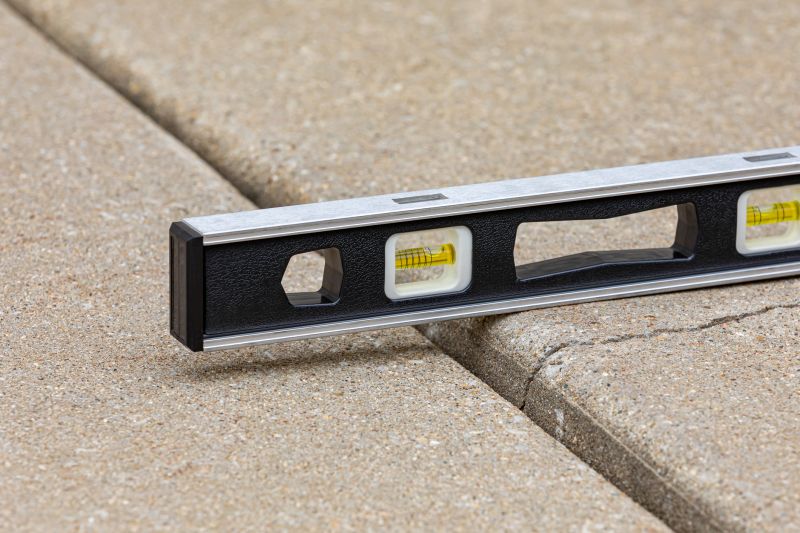
Simple add-ons that improve Concrete Levelings without blowing the budget.
| Season | Optimal Conditions |
|---|---|
| Spring | Moderate temperatures, increased moisture |
| Summer | Warm temperatures, low humidity |
| Fall | Cooler temperatures, dry conditions |
| Winter | Not recommended due to freezing temperatures |
Concrete levelings involve raising and leveling uneven concrete surfaces to restore safety and appearance. This process typically uses specialized materials to fill voids and correct slopes, improving drainage and reducing trip hazards. Proper timing ensures the materials cure correctly and the surface remains durable over time.
Statistics indicate that concrete levelings performed during optimal weather conditions have a higher success rate and longer lifespan. In regions with distinct seasons, scheduling during spring or early fall often results in the best outcomes, minimizing issues related to temperature fluctuations and moisture levels.
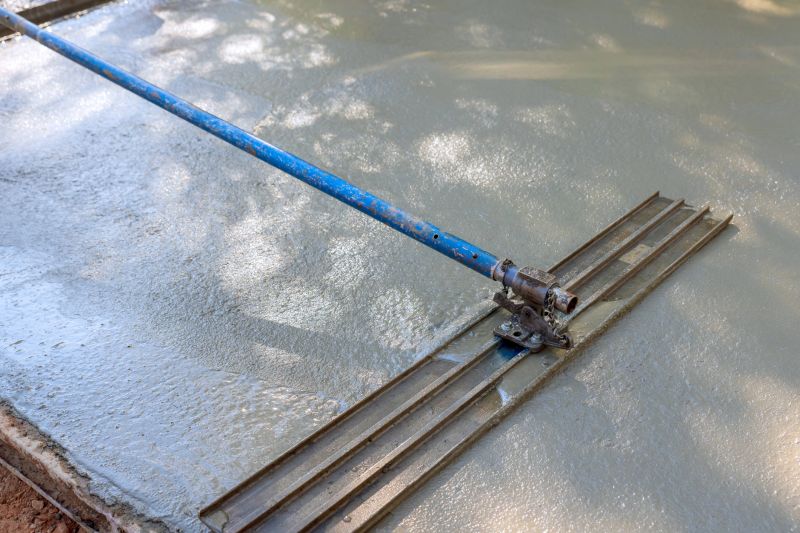
Technicians applying leveling compound on a driveway.
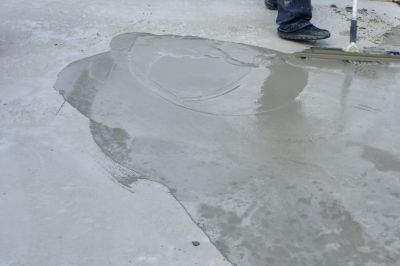
A smoothly leveled concrete area ready for use.

Surface cleaning and preparation before leveling.

Ensuring proper leveling and surface stability.
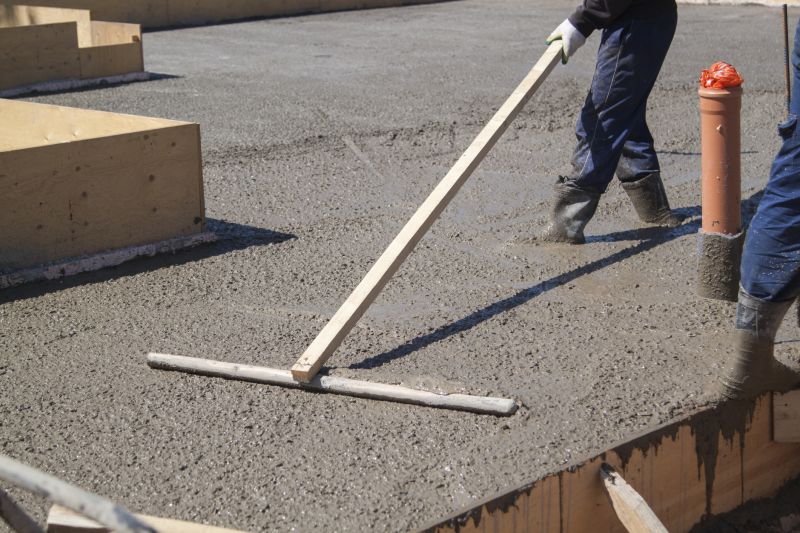
High-end options that actually feel worth it for Concrete Levelings.
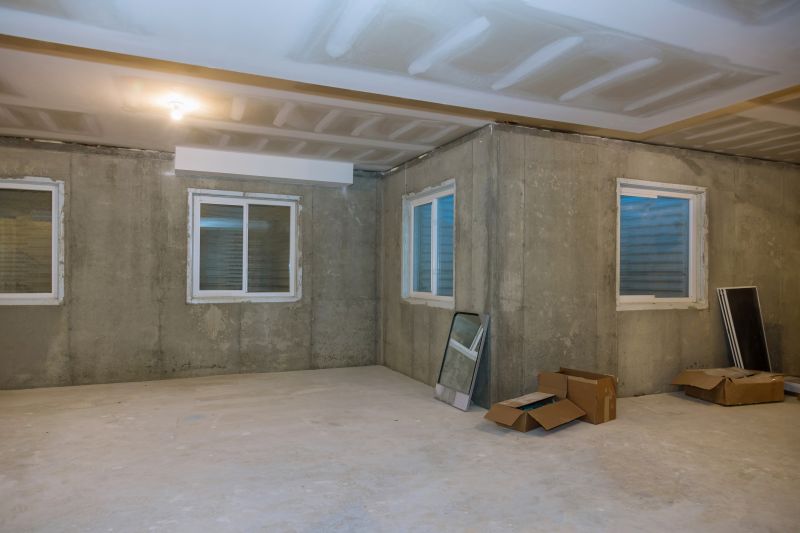
Finishes and colors that play nicely with Concrete Levelings.
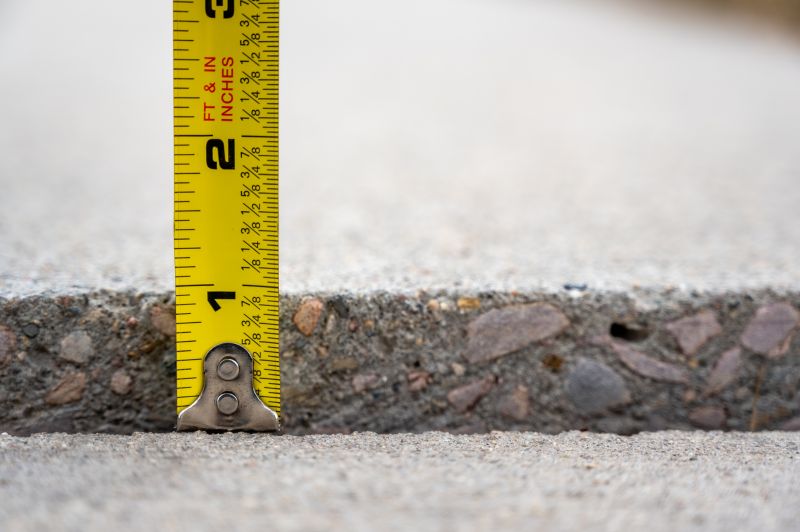
Little measurements that prevent headaches on Concrete Levelings day.
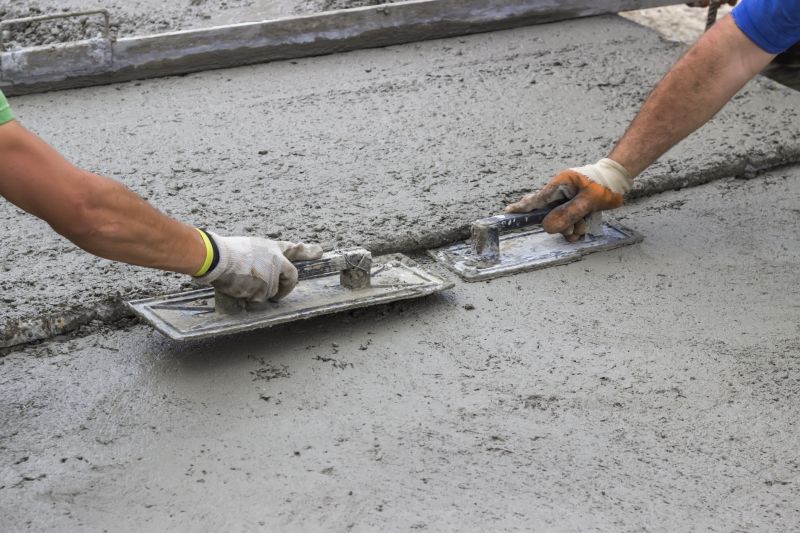
A 60-second routine that keeps Concrete Levelings looking new.
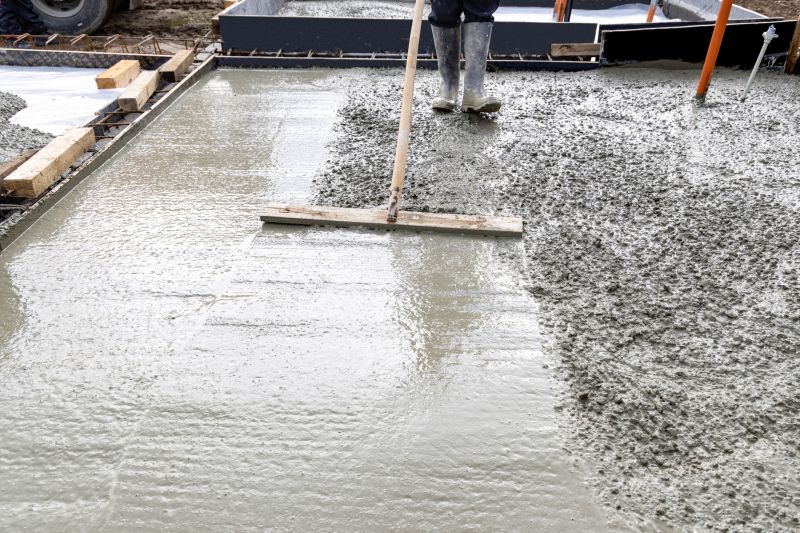
A frequent mistake in Concrete Levelings and how to dodge it.

Small tweaks to make Concrete Levelings safer and easier to use.

Lower-waste or water-saving choices for Concrete Levelings.
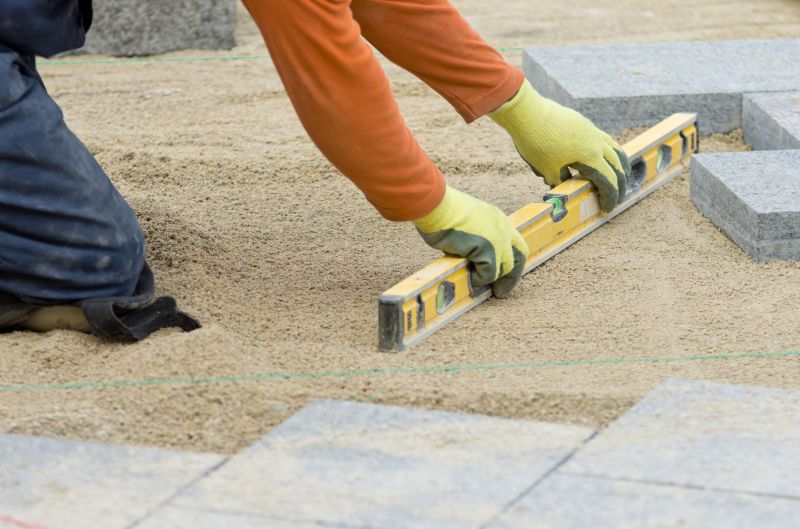
The short, realistic tool list for quality Concrete Levelings.
Interested in scheduling concrete levelings? Contact the local experts in Bay City, MI, to discuss your project and determine the best timing for your specific needs.
